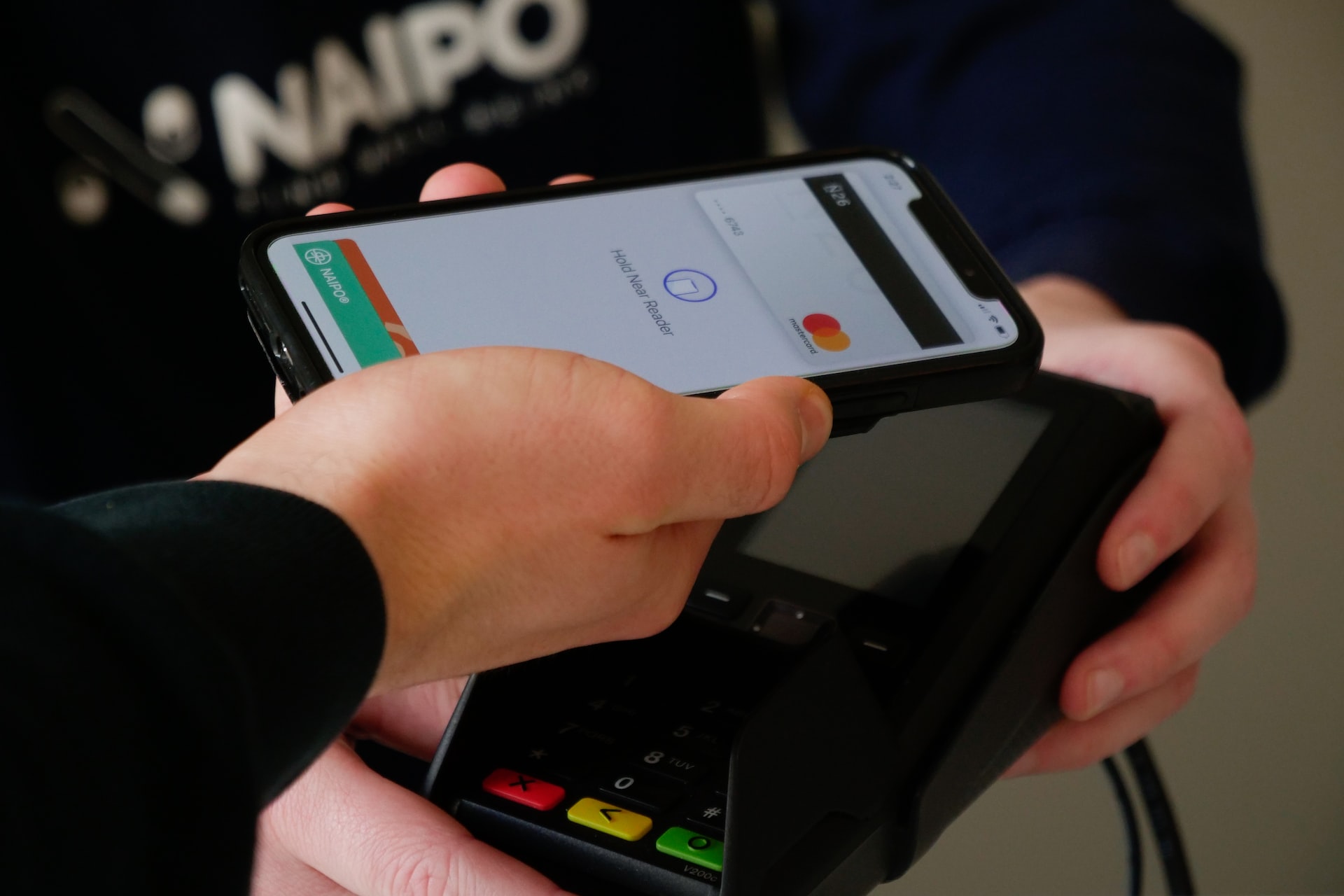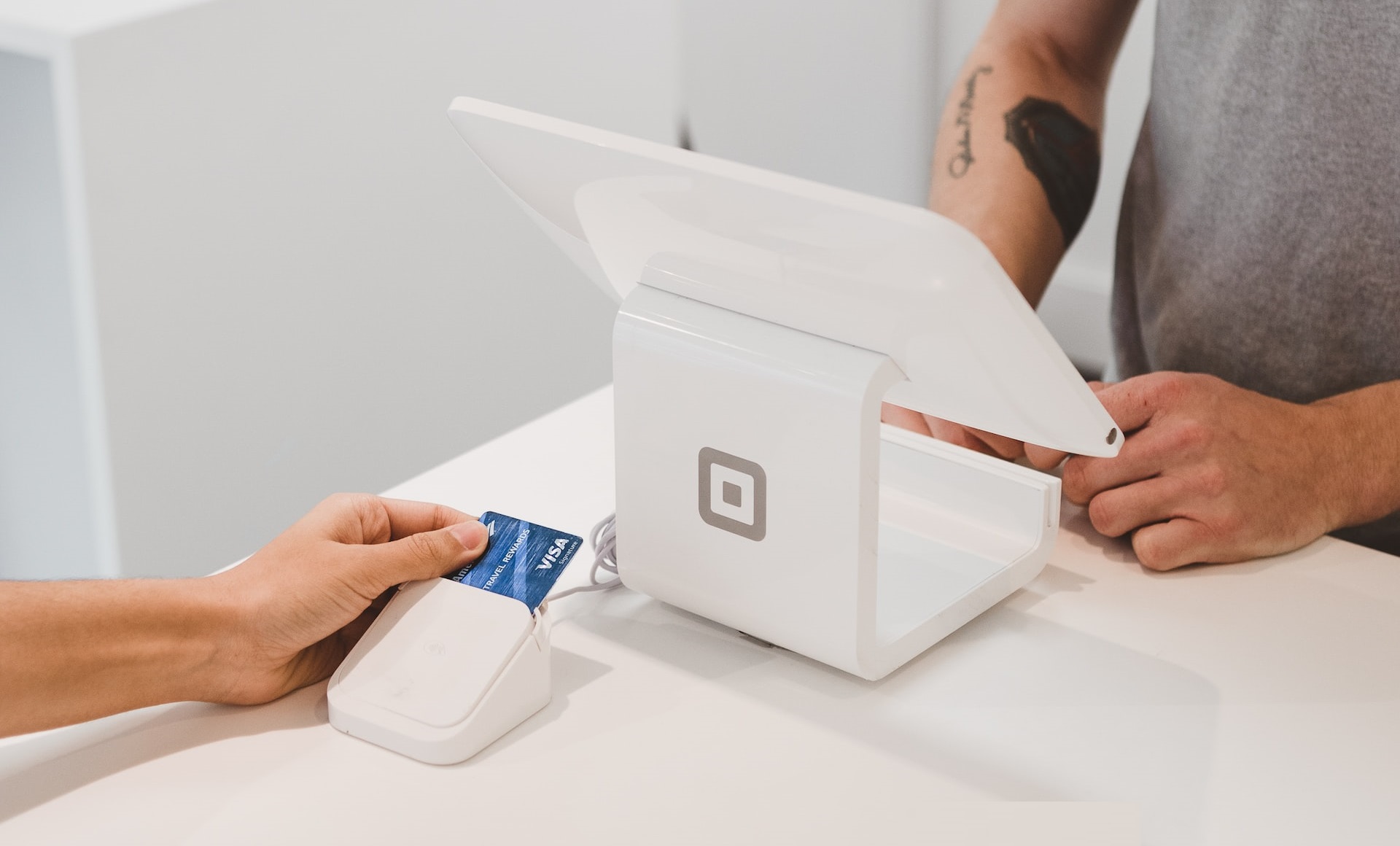
Net 30 payment terms and its variants are payment term options that make purchasing more attractive. They can balance out getting paid and being able to pay for orders, especially big ones. They help both sides by giving some leeway for payments.
Payment terms detail the various ways, times, and means for businesses to pay other businesses for their goods or services. These terms are most commonly associated with invoices. They lay out the methods of payment and the date you expect the payments to come through. They also indicate the consequences the buyer will face for missing the scheduled payment dates.
As a supplier, you obviously want to get paid. However, you also want an opportunity to get more customers to buy from you. As a business, you also know how it is with big orders. You can’t always pay the full amount upfront and would benefit greatly from flexibility when paying for invoices.
In this article, we will dive into what Net 30 payment terms are, how it works, the value it can provide a business, and weigh some of the advantages and disadvantages of such a deal.
What Are Net 30 Payment Terms?
Net 30 is one of the most common among the payment term options offered by business-to-business (B2B) companies. Net 30 payment terms basically means that the business that is doing the buying has 30 days from a specified time to pay off an invoice. The countdown starts after the buyer of the goods or services performs a certain action specified by the supplier. This could be after the completion of a service, after the supplier issues a receipt, or after the buyer receives the goods delivered to the business.
You can think of Net 30 payment terms as you would a short-term loan. As a supplier, you offer your services or products immediately. However, instead of receiving payment, you extend payment terms as a form of trade credit. You track these transactions via your accounts receivable.
Historically, this practice became commonplace because a lack of automation led to the processing of invoices taking at least 30 days or more anyway. Now that payments are virtually instantaneous, you can offer this leeway to buyers as a gesture of good faith.
Why Are Net 30 Payment Terms Important?
Net 30 payments are basically interest-free loans, so in and of themselves, they are already attractive. Offering these kinds of payment terms also indirectly tells customers that the supplier is financially stable and capable. It also conveys that suppliers trust their buyers. More importantly, it says that they put the best interests of the customers ahead of their need to get paid. Suppliers can also extend their reach to small businesses that don’t have a lot of upfront cash but are earning consistently and can pay within that specified 30-day term. With this kind of setup, you can also establish a level of consistency in your revenue recognition that you may not be able to achieve if you did not use terms.
Do I Need to Use Net 30 Payment Terms in my Business?
You need to consider and research if Net 30 payment terms could be an industry standard in your space. If this is the default practice, it would be a detriment to you as a supplier if your competitors offered this option while you didn’t. Extending these payment terms beyond 30 days (net 45 and net 90) is also a common practice when dealing with larger brands. It may be necessary to adhere to these standard trends to stay in the game.
Additionally, offering Net 30 payment terms allows for more flexible payment options. The more flexible the payment options you offer, the more inclusive you appear as a business. When you do this, you are more likely to attract customers who will make a deal with you and you can improve cash flow as a result. Another option you can select would be to personalize payment terms on a per-customer basis. Note, however, that this does take more time and effort in terms of management and tracking.
How Do You Use Net 30 Terms?

As mentioned earlier, Net 30 terms can be calculated in many different ways.
For example, say a customer has put in an order for $2000 worth of product and decided on Net 30 payment terms. In that period, you can indicate beforehand whether the payment should be made within 30 business days, 30 calendar days, or Net 30 end of month (EOM). Net 30 EOM means that the customer has until the end of the month following the issuing of the invoice. Note that the end of the month is likely less than 30 days away, so the payment due date defers to the following month. So, if a customer received your invoice in July, they would have until August 31st to pay.
You also decide when to begin the countdown. This can be from the point of issuing the invoice, when the purchase order was confirmed, or other specific scenarios. Remember to lay out the terms as plain and simple as possible to avoid confusion, miscommunication, and strained business relationships.
Discounts are also commonly offered alongside Net 30 payment terms to encourage customers to pay early. A common discount is 2/10 Net 30 which means customers can enjoy a 2% discount off the net amount to pay if it is paid within 10 days. Otherwise, they forfeit the discount.
You can create your own custom discounts and payment terms as you deem beneficial to your business.
What Are the Pros and Cons of Using Net 30?
Here are the advantages of offering Net 30 payment options:
- When doing business with larger companies, the payment process can be complicated and take a while to complete. This is just the reality of the industry. Having payment terms that accommodate this means that you benefit from their valuable business.
- Inclusivity in payment options expands your customer reach and helps you stay competitive
- Offering credit helps build rapport, loyalty, and goodwill with customers
- Allowing for flexibility means less bad debt since customers can normally pay within 30 days without a problem even if they can’t pay immediately
- When you choose a system like Net 30 EOD, you can set a standard for cash flow to make everything smoother and easier to track
Disadvantages/Risks:
- Any kind of money lending/loan style payment term is risky in and of itself.
- You get paid slower, which means your business operations could slow down while waiting for the payment. This could affect how fast your business can grow and scale when you need to wait for that money to buy more equipment, supplies, etc.
- The draw of discounts or dread of incurring penalties isn’t always enough to deter late payment. Delays are still possible.
- Businesses might not pay at all. This might mean taking legal action, which isn’t always ideal. Legal fees might end up being more than the actual amount that was unpaid in the first place.
- The size of your business could affect whether you can afford to offer Net 30. Some businesses simply do not have the money resources to afford this delayed payment scheme. You could be setting yourself up for failure if you’re not ready to sustain it.
What Are Some Examples of Net 30 Payment Terms?

Net 30 may be the most common payment term but there are several others along with custom discount offerings.
Some examples include:
- Net 15 (pay within 15 days; shorter payback time good for businesses who can’t afford to wait 30 days for repayment)
- Net 45 and Net 90 (longer payment terms usually offered to larger companies)
- 1/10 Net 30 (1% discount if buyers pay within 10 days)
- 2/10 Net 30 (2% discount if buyers pay within 10 days)
- 5/7 Net 30 (5% discount if buyers pay within 7 days)
What Are Some Net 30 Alternatives?
The obvious alternative to Net 30 is simply to require that buyers make payments immediately and in full upon availing of a service or purchase of goods. Businesses usually offer this to those who have a record of poor payment. However, this does limit your options and customer acquisition potential.
If you are worried about the drawbacks of Net 30 payments, such as delayed payments, you can opt for invoice factoring. With invoice factoring, you can still lend money to your buyer. Instead of waiting for the money yourself, however, you basically sell the unpaid invoices in your accounts receivable to a third party. This third party will then either pay a portion of the amount you’re owed immediately or pay you in full minus a fee. They then wait for the payment from the customer.
Final Thoughts
Net 30 payment options can be a win-win for suppliers and buyers alike. For the supplier, so long as they have the monetary capability, they can earn goodwill with their customers and expand their customer reach by offering flexible, inclusive payment choices. For a buyer, they get the money they need to continue running their business or scale their business without taking out a standard business loan that may come with egregious interest rates. Businesses deciding to offer Net 30 options must weigh the pros and cons to determine if the risks are worth the advantages.
To get started with Net 30, you simply need to include it in your contracts. Be clear and transparent with your customers so they know the ins-and-outs of this payment option.
Thinking of outsourcing bookkeeping? Checkout EcomBalance today!









